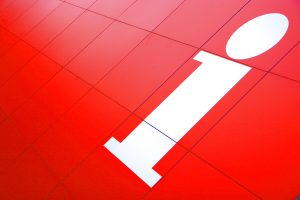What is Optimized Sourcing?
eSourcing is an essential piece of how to optimize the procurement process, as the process deals with finding, selecting, collaborating, and evaluating current and potential suppliers. Sourcing optimization refers to sourcing and awarding with more precision, using software, mathematical models, and analytics to determine the best award mix for your operational reality. eSourcing optimization is becoming widely used in many categories, including logistics, raw ingredients, facility maintenance, packaging, pallets, and many more.
Sourcing Optimization: Software and Setting Rules
As you begin sourcing optimization, you must have the right software to do the job. eSourcing will always take place on a web-based cloud platform, but some software features are more robust than others. Still, it depends on your needs as a company. Generally speaking, you should have analytics, eRFX tools, and real-time data as part of your eSourcing suite. An advanced sourcing optimizer should have everything you need as part of its bid optimization platform.
Your software’s mathematical models or analytics should allow you to apply different rules to find the best tradeoff between operational efficiency and savings using scenarios to rapidly optimize operations. For example, you may want to set a “rule” such as limiting the amount of business you do with a particular company or forcing that you have two suppliers for every region to ensure adequate backup. Provided your software is solid, you can test an unlimited number of “rules” and “scenarios” to understand all your options quickly and then make the best business decision in under an hour.
Sourcing Optimization: Low-Cost Baseline Scenario
If you’re wondering how to optimize operational cost, your sourcing optimization software should be able to perform a low-cost baseline scenario as well. In general, this can offer information about the absolute lowest cost combination of suppliers, but lowest cost isn’t always the best choice. Use low-cost baseline scenario for operation optimization and be sure to also consider these scenarios:
- 100 percent remains with incumbent suppliers
- 75 percent remains with incumbent suppliers
- Then compare the above with the lowest cost and allow the results to guide your next step
- Often you’ll find that the results of the above will guide you to produce the best combination of savings and operational efficiency for your situation that all stakeholders will accept.
Sourcing Optimization: Using Clean Data
Any sourcing optimization model, whether it is data from the buyer or supplier, will have to be properly cleansed before you can properly proceed with any contract. Analyzing clean data gives you a better perspective on what choice to ultimately make. The transparency of clean data also forges better relationships with suppliers in the long run. Better relationships with suppliers occur from sourcing optimization, in part, because:
- You can find the best award that properly balances all factors that matter most to you, such as risk, quality, and delivery—not just price. It also allows you to include other factors like diversity if important to you
- During the event, you can offer suppliers feedback, which gives them a chance to improve their bids and offer ar more competitive offer
- There is complete transparency within the bidding process
- Suppliers are trained on how to submit their bids during a mock auction, so no one is blindsided

Overall, sourcing optimization can help with time and cost strategies and build better suppliers’ relationships.
To learn more about sourcing optimization or to request a demo, contact EC Sourcing, a Simfoni Company, today via our web form to request more information. We want you to reimagine the way you look at procurement.


